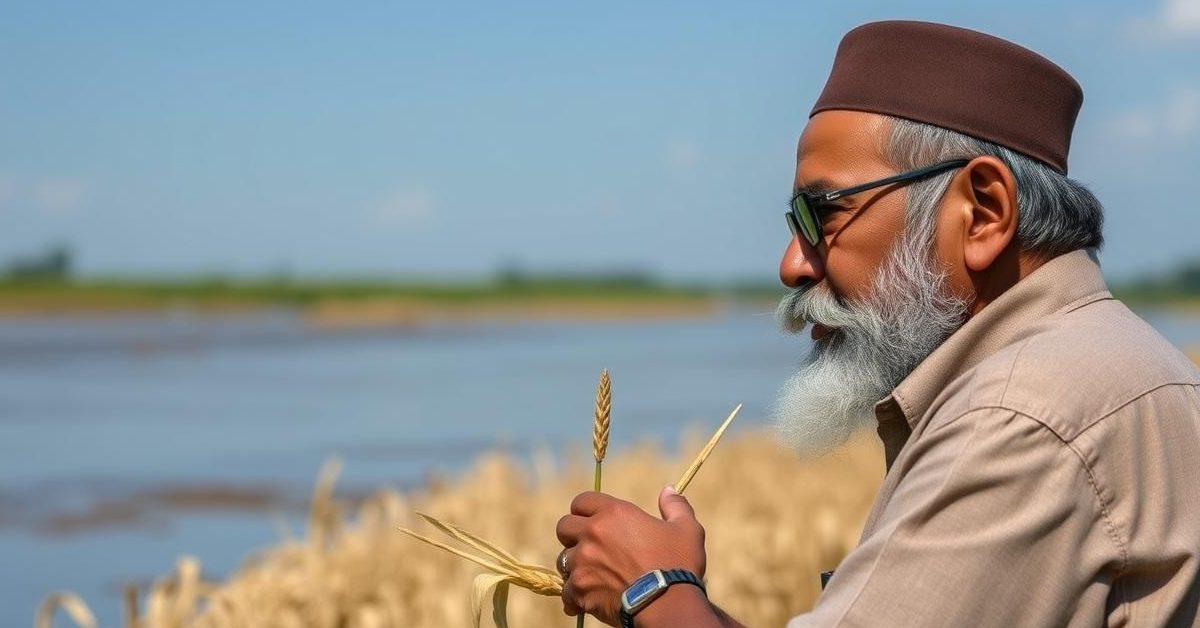Global economic pressures, domestic agricultural development, and inter-state resource sharing are key areas of focus for India, as a NATO chief warns of potential secondary sanctions over trade with Russia, the Union Cabinet approves a major agriculture scheme, and efforts are underway to resolve long-standing water disputes.
Navigating Secondary Sanctions over Russia Trade
NATO Secretary General Mark Rutte recently cautioned countries like India, China, and Brazil about potential “secondary sanctions” if they continue significant trade with Russia. This warning comes amidst ongoing efforts by Washington and Delhi to finalize a trade deal.
The primary aim of these proposed sanctions is to pressure Russia into peace talks regarding the Ukraine conflict. Former US President Donald Trump has also threatened steep tariffs, up to 100%, on countries importing Russian exports unless a peace deal is reached within 50 days.
India, being a major importer of Russian crude oil, has maintained that its purchases are driven by energy security and the best available prices, noting that Russian oil itself is not sanctioned, though a $60 per barrel price cap applies to Western shippers and insurers.
India’s reliance on Russian oil has grown significantly since the Ukraine conflict, with Russia becoming its largest crude supplier, offering discounts. This shift has seen Russian oil account for over 43% of India’s total oil imports in June 2025, a substantial increase from less than 2% pre-war.
Boosting Agriculture with PM Dhan Dhaanya Krishi Yojana
In a significant move for India’s agricultural sector, the Union Cabinet has approved the ‘Prime Minister Dhan-Dhaanya Krishi Yojana’ (PMDDKY). This ambitious scheme aims to develop 100 agricultural districts across the country.
Starting from the current financial year (2025-26), the scheme has an annual outlay of Rs 24,000 crore and will run for six years. Its implementation will leverage the convergence of 36 existing schemes from 11 different departments, alongside state schemes and private sector partnerships.
Inspired by the successful ‘Aspirational Districts Programme’, PMDDKY will select districts based on criteria like low productivity, moderate cropping intensity, and below-average credit parameters. Each chosen district will have a master plan covering agriculture and allied activities, prepared by a District Dhan Dhaanya Samiti including progressive farmers.
The scheme is expected to benefit approximately 1.7 crore farmers, with progress monitored monthly against 117 key performance indicators on a dedicated portal.
Resolving Inter-State Water Disputes
The Centre has initiated steps to resolve long-standing water disputes between Andhra Pradesh and Telangana concerning the Krishna and Godavari rivers. Two new committees are being formed to facilitate this resolution.
The Krishna River Management Board will be headquartered in Amaravati, while the Godavari River Management Board will be based in Hyderabad. Both panels will include technical experts and officials from the Central government and the two states.
A key point of contention has been Andhra Pradesh’s Polavaram-Banakacherla link project, which Telangana has opposed. The states have agreed on crucial steps, including installing telemetry devices for real-time water flow monitoring in the Krishna Basin and addressing maintenance issues at the Srisailam dam.
This collaborative approach aims to ensure equitable and efficient water sharing, moving towards a sustainable resolution for both states.
India’s Green Power Surge
India has achieved a significant climate milestone five years ahead of schedule, with non-fossil fuel sources now accounting for 50.1% of the country’s installed electricity capacity as of June 30, 2025. This includes renewables, large hydro, and nuclear power.
This milestone surpasses India’s original Paris Agreement commitment of 40% non-fossil fuel capacity by 2030, a target that was later raised to 50% in 2022. The rapid expansion of solar and wind power has been a major driver, contributing 185 GW to the total non-fossil capacity.
Despite this achievement, thermal power still generates over 70% of India’s electricity due to the intermittent nature of solar and wind energy. The lack of sufficient storage capacity, such as battery systems and pumped hydro, continues to pose challenges for grid stability.
- NATO warns India, China, Brazil of secondary sanctions over Russia trade.
- India’s Russian oil imports surged to 43.2% of total imports in June 2025.
- PM Dhan Dhaanya Krishi Yojana approved to develop 100 agricultural districts with Rs 24,000 crore annual outlay.
- Centre forms committees to resolve Andhra-Telangana water disputes over Krishna and Godavari rivers.
- India reached 50.1% non-fossil fuel electricity capacity, exceeding its 2030 climate target.
These developments highlight India’s complex balancing act between geopolitical pressures, domestic development goals, resource management, and its commitment to a green energy future.















